Nomination statement for Dr. Richard Seigel, recipient of the Florida Chapter of The Wildlife Society's 2013 Paul Moler Herpetological Conservation Award:
Dr. Richard Seigel moved to Florida in 1977 after completing his undergraduate degree at Rutgers. He worked with Dr. L. M. Ehrhart at the University of Central Florida on diamondback terrapins on the Kennedy Space Center (KSC) and was an integral member of the “herp team” that originally documented the amphibians and reptiles of KSC and the surrounding area. After receiving his MS, Rich left Florida and got his PhD. with Dr. Henry Fitch at the University of Kansas in 1984. He did a stint as a post-doc at the Savannah River Ecology Lab in Georgia and then became a professor at Southeastern Louisiana University from 1987 – 2001. It was while he was in Louisiana that Rich decided to revisit what he termed “one of the great biodiversity areas in the U.S., and one of the few places in Florida where habitat destruction is rarely an issue.” Since 1992, Rich and his students have been visiting KSC on a quarterly basis, repeating surveys that were done in the 1970s and conducting new research projects. Rich moved to Towson University in Maryland in 2001, but continued his relationship with KSC, as well as the Merritt Island National Wildlife Refuge and the Canaveral National Seashore.
Rich’s work on KSC in the 1970s formed the basis for an ideal long-term look at variations in the herp populations over time. There have been a number of changes in abundance and distribution of amphibians and reptiles at the site, especially for diamondback terrapins, which have declined dramatically. Data on snake populations have also shown major declines for several species, but apparent increases in others. Recent Masters’ degree projects have focused on the ecology, movements, and survival of juvenile gopher tortoises, and the use of ephemeral wetlands by sirens and aquatic snakes.
Rich’s contribution to the knowledge of herps in Florida is eclipsed only by the contribution he has made nationally. With over 75 peer-reviewed publications and five books to his credit, there is little doubt that his knowledge and influence have made a huge impact. Even more importantly is the role he has played teaching and mentoring hundreds of students, many of whom have become well known herpetologists in their own right. Richard Seigel epitomizes the intent of the Paul Moler Herpetological Conservation Award and is an excellent, deserving recipient.
